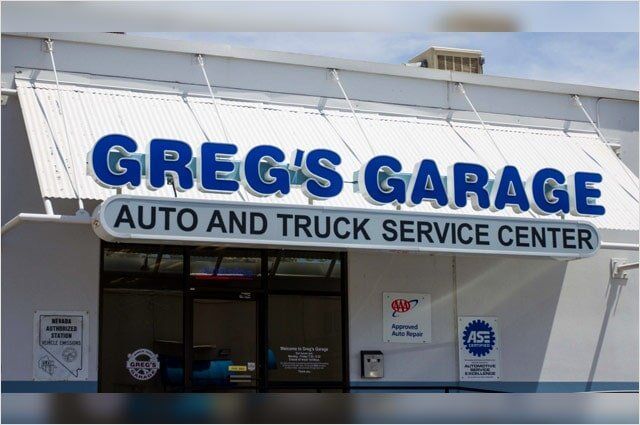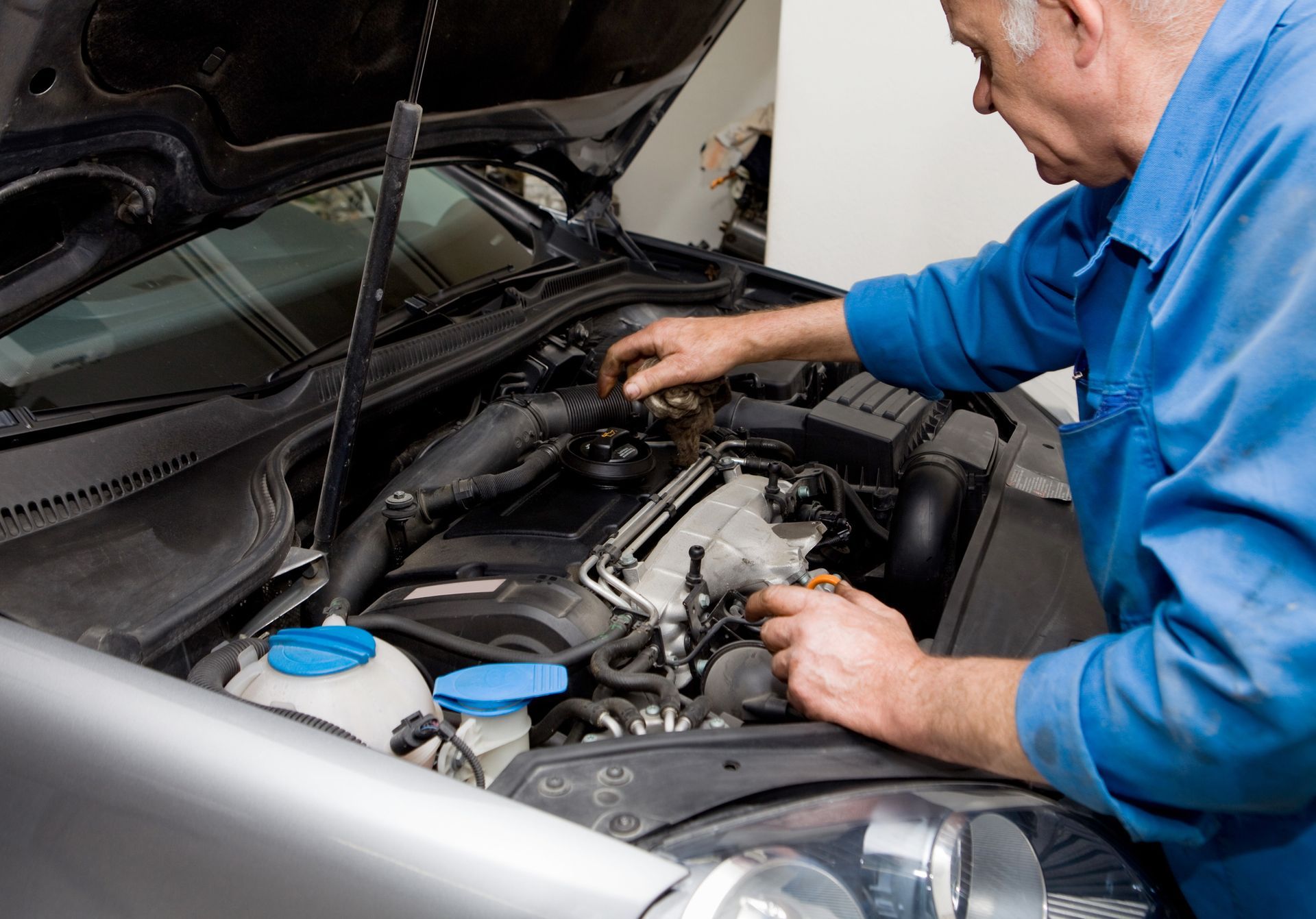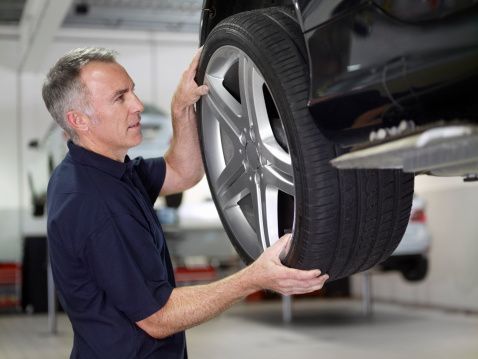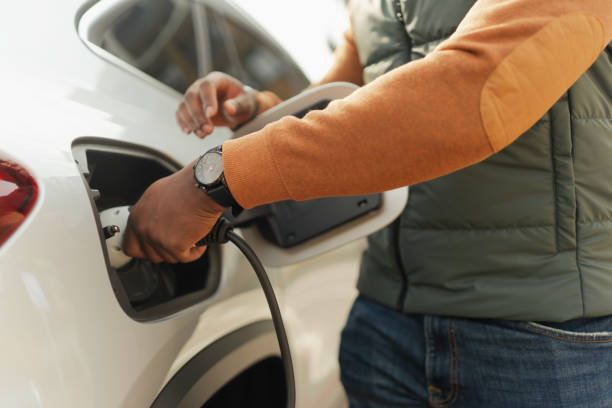Understanding Car Batteries: Life, Maintenance, and Service
Your car’s battery is its heart, providing the necessary power to start the engine and run electrical systems. Understanding how to maintain and service your battery can save you from unexpected breakdowns and extend its lifespan.
What is a Car Battery?
A car battery is a rechargeable power source that supplies electrical energy to your vehicle. It powers the starter motor, lights, and other electronic components. Most modern cars use lead-acid batteries, known for their reliability and efficiency.
Battery Life Expectancy
On average, a car battery lasts between 3 to 5 years. However, several factors can influence this lifespan, including:
- Climate: Extreme temperatures can shorten battery life. Heat accelerates chemical reactions inside the battery, while cold can reduce its ability to hold a charge.
- Driving Habits: Frequent short trips prevent the battery from fully charging, while long drives help maintain its charge.
- Maintenance: Regular checks and proper maintenance can extend battery life.
Signs Your Battery Needs Attention
It’s crucial to recognize the signs of a failing battery to avoid being stranded. Look out for:
- Slow Engine Crank: If your engine takes longer to start, it might be a sign of a weak battery.
- Dim Lights: Dimming headlights or interior lights can indicate a battery issue.
- Warning Light: Many cars have a battery warning light on the dashboard. If it lights up, get your battery checked immediately.
Battery Maintenance Tips
Proper maintenance can significantly extend your battery’s life. Here are some tips:
- Regular Inspections: Check the battery terminals for corrosion and clean them if necessary.
- Secure Connections: Ensure the battery is securely mounted and the connections are tight.
- Avoid Short Trips: Try to drive your car for longer periods to allow the battery to charge fully.
- Turn Off Electronics: Make sure to turn off lights and other electronics when the engine is off to prevent draining the battery.
When to Replace Your Battery
Even with the best care, all batteries eventually need replacing. If your battery is over three years old, have it tested regularly. If it fails to hold a charge or shows signs of damage, it’s time for a replacement.
Tips for Jump-Starting a Car
If your battery dies, knowing how to jump-start your car can be a lifesaver. Follow these steps:
- Find a Working Car: You’ll need another vehicle with a fully charged battery.
- Position the Cars: Park the cars close enough for the jumper cables to reach both batteries but ensure they don’t touch.
- Turn Off Both Cars: Make sure both vehicles are turned off before connecting the cables.
- Connect the Jumper Cables:
- Attach one red clamp to the positive terminal of the dead battery.
- Attach the other red clamp to the positive terminal of the good battery.
- Attach one black clamp to the negative terminal of the good battery.
- Attach the other black clamp to an unpainted metal surface on the dead car’s engine block (not the negative terminal).
- Start the Working Car: Let it run for a few minutes to charge the dead battery.
- Start the Dead Car: Try to start the car with the dead battery. If it starts, let both cars run for a few minutes.
- Remove the Cables in Reverse Order: Carefully remove the jumper cables in the reverse order of how you connected them.
- Keep the Engine Running: Keep the jumped car running for at least 20 minutes to allow the alternator to charge the battery.
Professional Battery Services
At Greg’s Garage, we offer comprehensive battery services, including testing, maintenance, and replacement. Our experienced technicians use state-of-the-art equipment to ensure your battery is in top condition. Don’t wait until you’re stranded—visit us today for a battery check-up!











